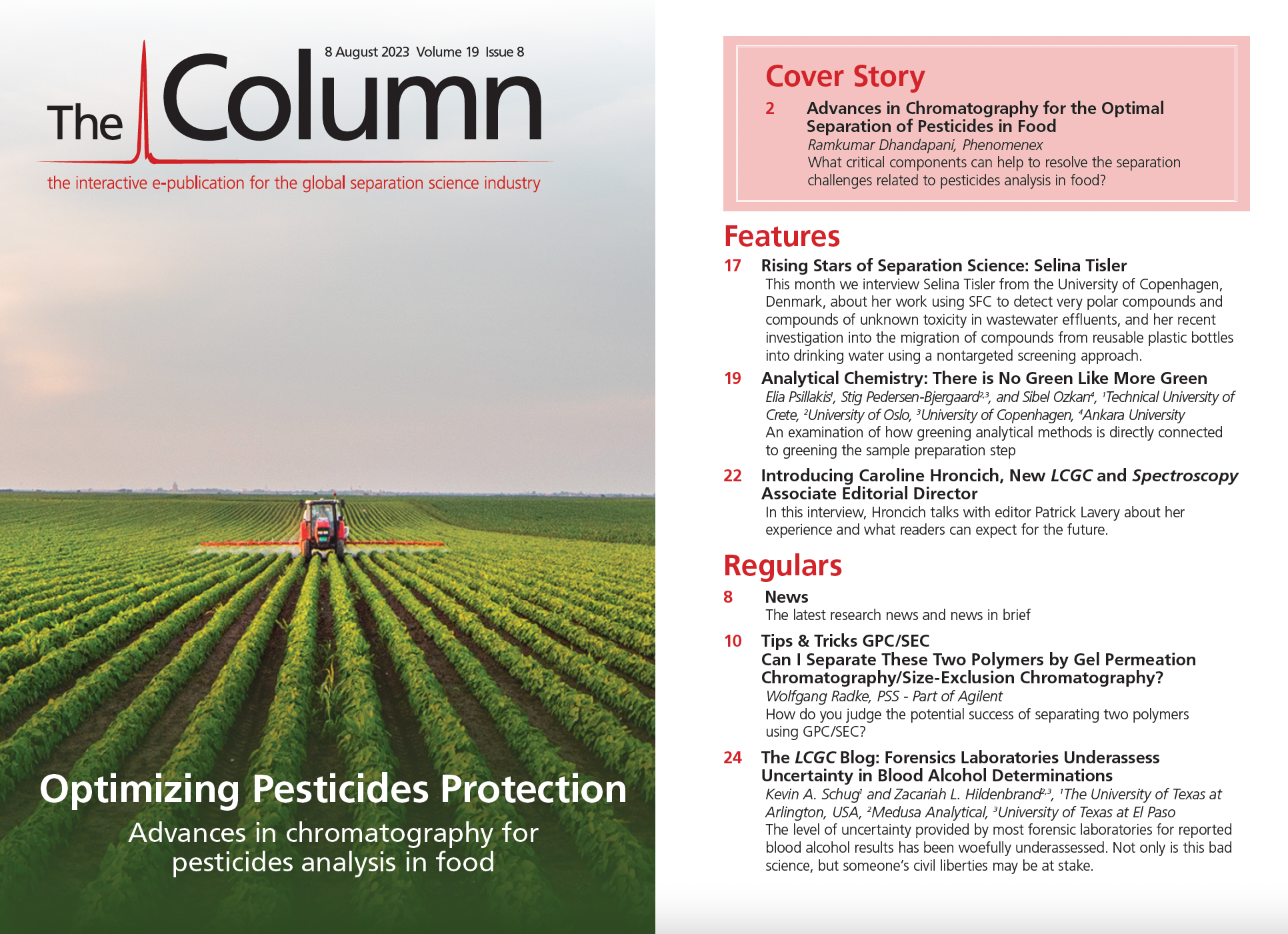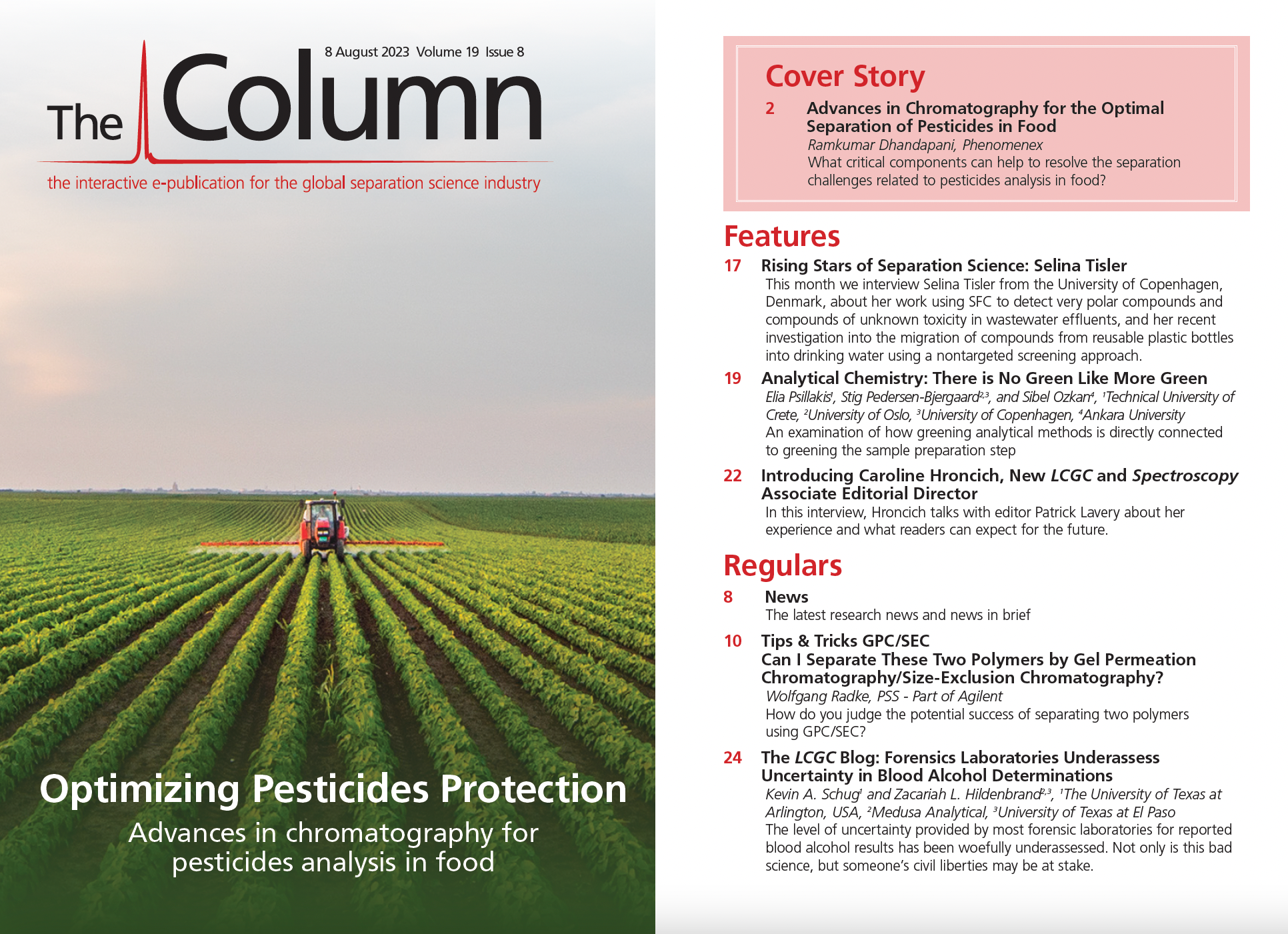Exploring the Potential of Foodomics in the Fight Against Alzheimer’s Disease
In his keynote lecture at HPLC 2023, Alejandro Cifuentes from the Laboratory of Foodomics, Institute of Food Science Research, CIAL, CSIC in Madrid, Spain, highlighted the promising application of foodomics in addressing Alzheimer’s disease (AD) (1).
Alzheimer Disease | Image Credit: © freshidea - stock.adobe.com

Cifuentes emphasized the urgent need for new strategies in combating AD, as the only treatment options are palliative and do not provide a cure. He proposed that diet and food components may hold potential in preventing or delaying the development and progression of AD. With this in mind, he presented natural sources of bioactive compounds and their neuroprotective properties.
To identify potential neuroprotective candidates, Cifuentes and his team employed green extraction processes and in vitro methods. They discovered that olive leaves extracts enriched in triterpenoids, a carotenoids-enriched extract from Dunaliella salina microalgae, and an extract from orange juice industry by-products enriched in monoterpenes, sesquiterpenes, and triterpenes, demonstrated high neuroprotective potential. Furthermore, these extracts exhibited significant neuroprotective activity in a neuronal cell culture model.
To further validate the findings, a transgenic Caenorhabditis elegans was employed as an AD model. In vivo experiments demonstrated that the extracts displayed notable neuroprotective effects.
The integration of these diverse approaches under the foodomics umbrella allowed for a holistic investigation of the effects of neuroprotective candidates on the transgenic Caenorhabditis elegans model. By examining the lipid profiles, gene expression patterns, and metabolite profiles, the molecular mechanisms underlying the observed neuroprotective activity were elucidated.
This study represents a significant step forward in understanding the potential role of food compounds in the prevention and management of AD. The findings highlight the importance of exploring natural sources of bioactive compounds and demonstrate the power of foodomics in identifying promising candidates for further research and development of potential therapeutic interventions.
Reference
(1) Cifuentes, A. Recent Advances in the Application of Foodomics to Alzheimer’s Disease. Presented at: HPLC 2023. June 18–22, 2023. Duesseldorf, Germany. KN39

Analytical Challenges in Measuring Migration from Food Contact Materials
November 2nd 2015Food contact materials contain low molecular weight additives and processing aids which can migrate into foods leading to trace levels of contamination. Food safety is ensured through regulations, comprising compositional controls and migration limits, which present a significant analytical challenge to the food industry to ensure compliance and demonstrate due diligence. Of the various analytical approaches, LC-MS/MS has proved to be an essential tool in monitoring migration of target compounds into foods, and more sophisticated approaches such as LC-high resolution MS (Orbitrap) are being increasingly used for untargeted analysis to monitor non-intentionally added substances. This podcast will provide an overview to this area, illustrated with various applications showing current approaches being employed.
New Method Explored for the Detection of CECs in Crops Irrigated with Contaminated Water
April 30th 2025This new study presents a validated QuEChERS–LC-MS/MS method for detecting eight persistent, mobile, and toxic substances in escarole, tomatoes, and tomato leaves irrigated with contaminated water.
University of Tasmania Researchers Explore Haloacetic Acid Determiniation in Water with capLC–MS
April 29th 2025Haloacetic acid detection has become important when analyzing drinking and swimming pool water. University of Tasmania researchers have begun applying capillary liquid chromatography as a means of detecting these substances.

.png&w=3840&q=75)

.png&w=3840&q=75)



.png&w=3840&q=75)



.png&w=3840&q=75)














